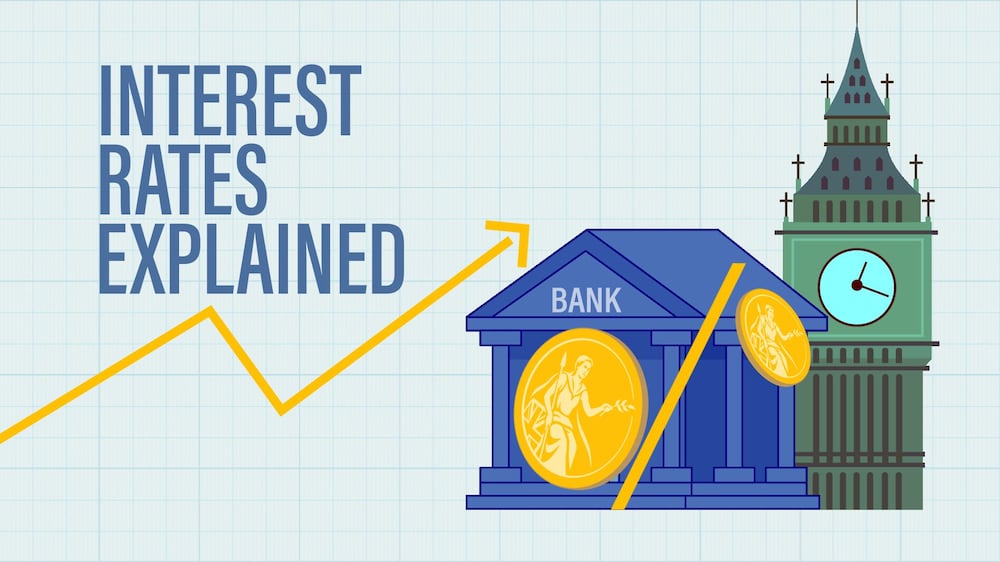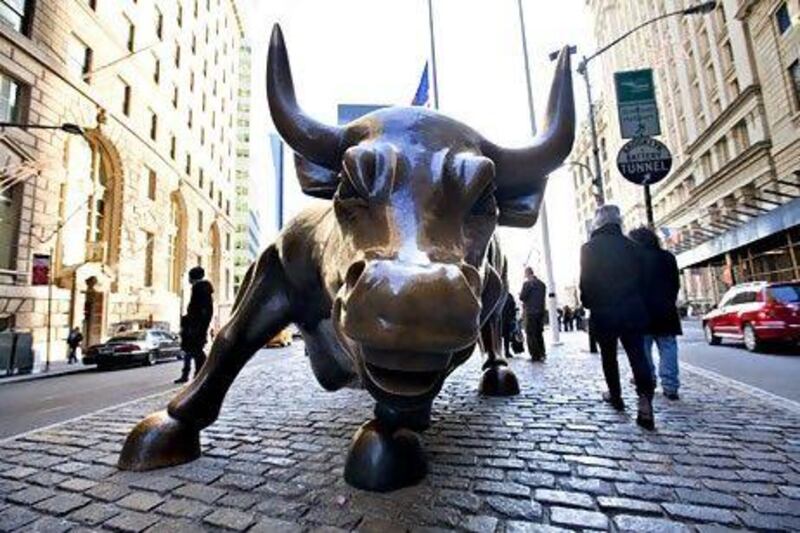Remember when all anyone wanted was a return to their lives pre-Covid?
Talking heads were sure it wasn’t coming. They claimed supply chains, travel and spending patterns had been forever changed. Even handshakes were supposedly gone.
Now? Economic normalcy has sneakily returned … yet pundits see danger in the old normal they once craved.
“Fear” – false evidence appearing real – reigns. Don’t fall prey to it.
The return to normalcy is hugely bullish – more so because few see it. Ditch “fear” and instead “cheer” – celebrate hidden examples of equilibrium’s return.
Yes, the Covid-19 shutdowns wreaked economic havoc and accelerated some real change. They turbocharged the rise of online commerce and food delivery services. Work from home, too – which may never fully revert to full-time office work.
Yes, that creates uncertainty for commercial real estate. But it also potentially reduces most companies’ long-term property costs.
Yet, many of the stressors that people feared were permanent have fully faded. Take the supply chain chaos.
In May, the New York Federal Reserve’s Global Supply Chain Pressure Index tied the lowest level of stress on record since 1998. It remains below average now.
The Institute for Supply Management’s data supports this. Its gauge of US manufacturing supplier delivery times improved for the 13th straight month in October – far off May 2021’s nosebleed levels, which were the highest since 1973.
“Just-in-time” manufacturing is returning, supplanting the “just-in-case” Covid mindset that drove inventory gluts and other inefficiencies. Cheer!
Lines of ships outside major ports have largely vanished. US West Coast Covid-era port back-ups ended in late 2022. More shipping shifted to the East Coast – a classic, quick free-market adaptation.
Los Angeles’s summer union strike hiccups are settled, too.
While headlines lament drought-reducing Panama Canal daily crossings, they are temporary and ignore that back-ups there have been thinning dramatically since summer.
These – plus the US Federal Reserve ending its insane monetary response to Covid-19 – slammed the brakes on inflation. “Cheer” it all!
And more? Travel! Recall tales of holidays forever replaced by staycations and video conferencing killing business trips? Didn’t happen.
Through October, year-to-date US Transportation Security Administration volume topped 2019’s comparable tally.
Dubai welcomed record numbers of international overnight visitors in the first half of this year.
The global business travel industry finds corporate travel spending accelerating above expectations. It should top pre-Covid levels next year.
Surveys show restaurant dining and industry employment are back to pre-Covid levels.
Surpassing pre-Covid heights doesn’t mean rejoining prior trendlines (levels that activity might have reached if Covid shutdowns hadn’t happened). But it proves wrong all scary claims of paradigm shifts. “Cheer”-y!
Bears morph other “old normal” milestones into outright negatives – classic Pessimism of Disbelief.
Take “plunging” personal savings rates. Many argue they reveal a tapped-out consumer. No. Look deeper.
Yes, US personal savings peaked at a bloated 26.1 per cent of disposable income in March 2021, dwarfing today’s 3.4 per cent.
But lockdown-era savings spikes were hugely anomalous – Uncle Sam dished out “stimulus” payments while lockdowns limited options to spend them.
From 2000 to 2019, the average US personal savings rate was 5.2 per cent. It lagged that mark across various prosperous stretches.
During the 2002 to 2007 bull market, it averaged 4 per cent. Today’s rates are only a smidge lower – understandable, given consumers built big cash cushions during the pandemic. Another nugget of normalcy.
Trillion-dollar US credit card debt? Another return to the pre-pandemic norms. The “T word” sounds scary, but next to deposit levels and gross domestic product, it is tiny.
Delinquency rates remain low amidst rising incomes. More to “Cheer”!
Contracting money supply? Bears fret the US M4 – the broadest monetary measure – shrinking since December.
Normally, this might be bad. But pandemic-era monetary madness wasn’t normal.
For example, the Fed spewed open the monetary firehoses – M4 growth topped 30 per cent year-on-year in mid-2020 – while lockdowns restricted businesses.
Some would say that was boneheaded and idiotic as it spurred rampant inflation.
A tiny M4 pullback – down 1.7 per cent year on year through to September – signals sanity’s return. A roaring “Cheer”!
China? Headlines herald impending doom, most recently harping on slowing manufacturing and construction.
Reality? Third-quarter gross domestic product grew 4.9 per cent and analysts still expect 5.1 per cent growth in 2023. Approximate normalcy.
Interest rates explained

In 2019, China grew 5.9 per cent, continuing a long, natural slowdown as its super big economy matured.
This year it merely rejoins that old trendline. And, by the way, even the Chinese are shaking hands these days. “Cheer” it!
One big difference remains: Interest rates. But fundamental forces like slowing inflation suggest they won’t soar from here.
Maybe we won’t see the super-low levels of 2008 to the 2020s. Fine. Stocks and economies have risen along with comparable rates through most of history.
No period is perfect. The 2019 everyone yearned for had weak spots, too.
But markets don’t need perfection. They are fine with the stability of “normal”. “Cheer” its return.
Ken Fisher is the founder, executive chairman and co-chief investment officer of Fisher Investments, a global investment adviser with $200 billion of assets under management.







